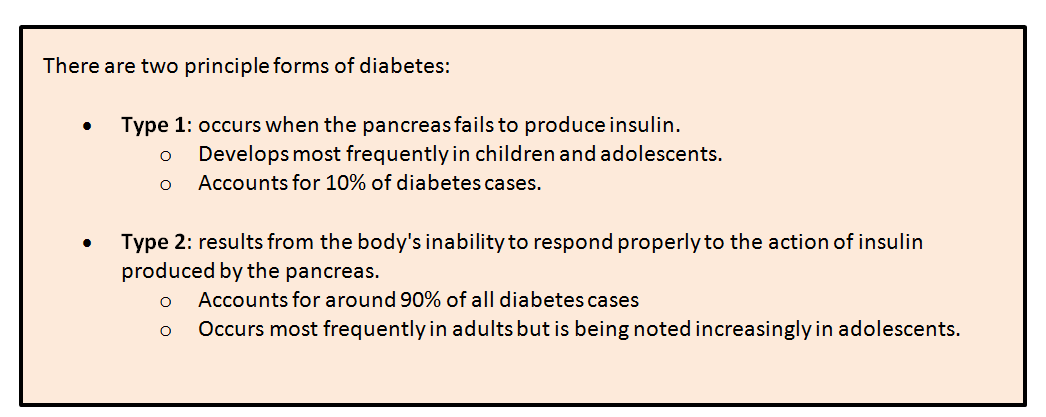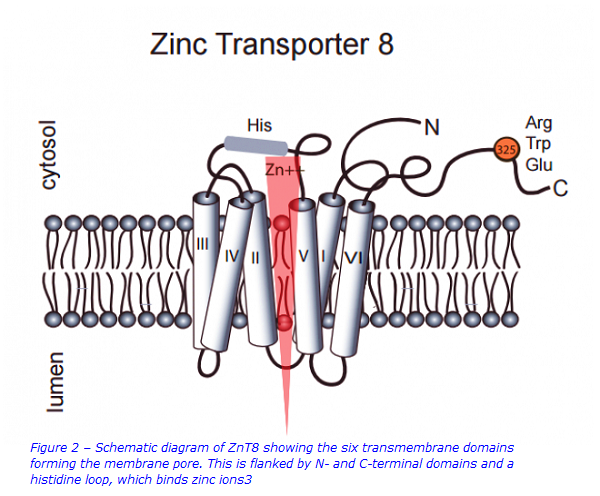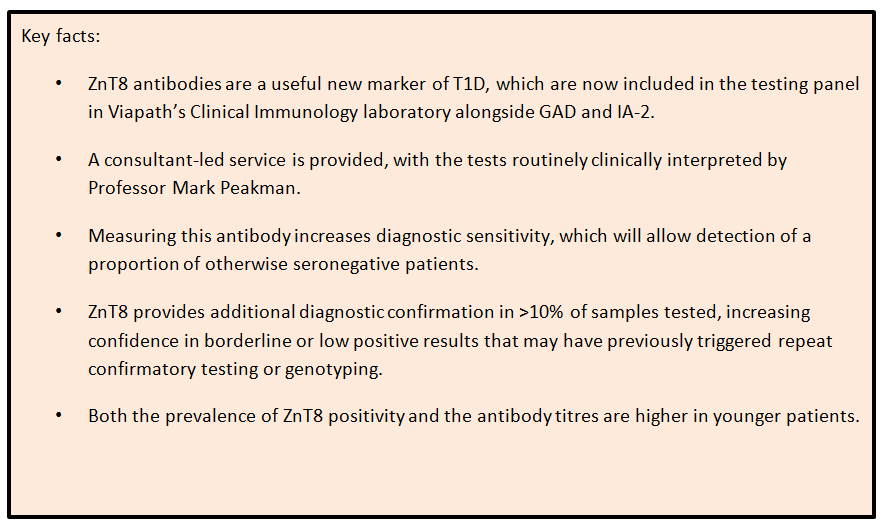New test for diagnosing diabetes: Zinc transporter-8 autoantibodies
Why is the diagnosis of diabetes important?
Diabetes mellitus is a chronic disease present in an estimated 3.7 million members of the UK population. The condition is a consequence of either a deficiency in the production of insulin by the pancreas or by the ineffectiveness of the insulin produced. The outcome of this results in increased glucose concentrations in the blood, which can have damaging multi-organ effects, particularly on the blood vessels and nerves.

Type 1 diabetes (T1D) is caused by T-cell mediated destruction of the beta cells in the pancreas. The process of beta cell destruction is marked by the production of autoantibodies to the beta cell, which occurs over many years. Several different autoantibodies have been identified and they are useful clinically for:
I. Diagnostics: to distinguish between Type 1 and Type 2 diabetes
II. Predictors: to indicate subjects at increased risk of future T1D development
III. Monitoring: to monitor the success of clinical islet transplantation
Testing for diabetes
Whilst laboratories have traditionally offered a panel of glutamic acid decarboxylase 65 (GAD) and protein tyrosine phosphatase IA-2 (IA-2) testing, zinc transporter 8 (ZnT8) has been newly identified as a target of humoral immunity in T1D. This means that testing for ZnT8 is less readily available.
ZnT8 is a pancreatic β-cell secretory granule membrane protein that is a member of a large conserved family of cation efflux proteins. It is highly expressed on the membrane of pancreatic islet beta cell insulin secretory granules1. ZnT8 is essential for exporting zinc into the lumen of beta cell secretory granules, with cytoplasmic zinc uptake allowing insulin crystallisation for storage in a hexameric form2. ZnT8 autoantibodies are a promising marker as the target is expressed more specifically in the insulin‐containing secretory granules than both GAD and IA-2. Recent data from Viapath’s Clinical Immunology laboratory demonstrates that the inclusion of an additional ZnT8 antibody for T1D leads to the detection of otherwise seronegative patients, thus allowing clinical trial enrolment and appropriate treatment regimens to be followed. Positive GAD, IA2 and ZnT8 antibodies in combination are associated with younger age of onset of autoimmune diabetes and more severe insulin deficiency. The combined measurement of GAD, IA2 and ZnT8 antibodies is highly specific for T1D and can increase the detection rate to 98% at disease onset.


For further information or any enquiries, please contact the Clinical Immunology Laboratory:
kch-tr [dot] immunology [at] nhs [dot] net
References:
1. Chimienti F, Devergnas S, Favier A, Seve M. Identification and cloning of a beta-cell-specific zinc transporter, ZnT-8, localized into insulin secretory granules. Diabetes2004; 53: 2330–7.
2. Chimienti F, Favier A, Seve M. ZnT-8, a pancreatic beta-cell-specific zinc transporter. Biometals 2005; 18: 313–7.
3. Wenzlau, Janet. Zinc transporter 8 (ZnT8) autoantibodies [internet]. 2016 Apr 4; Diapedia 2105812817 rev. no. 9.
4. http://www.bristol.ac.uk/translational-health-sciences/research/diabetes...

